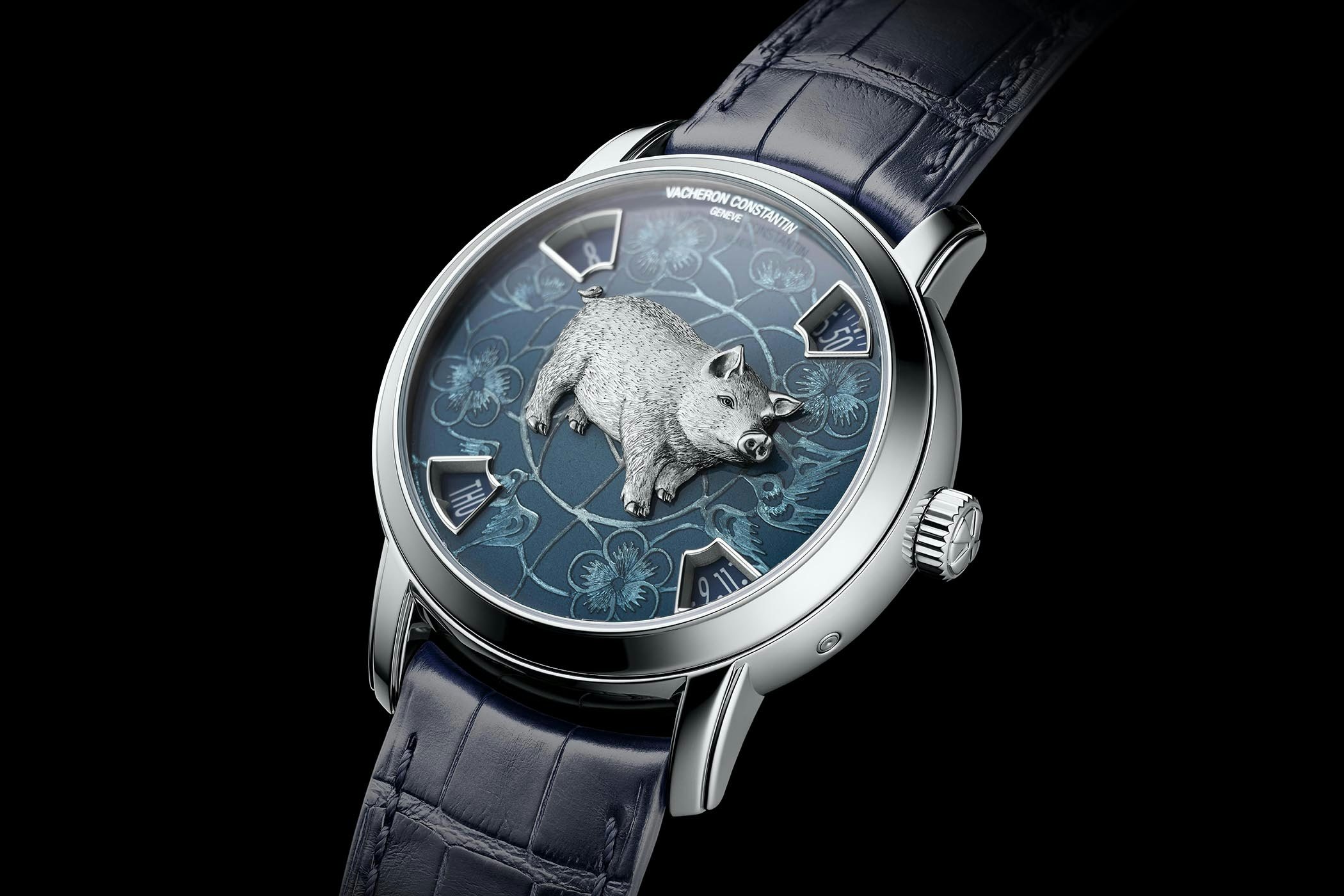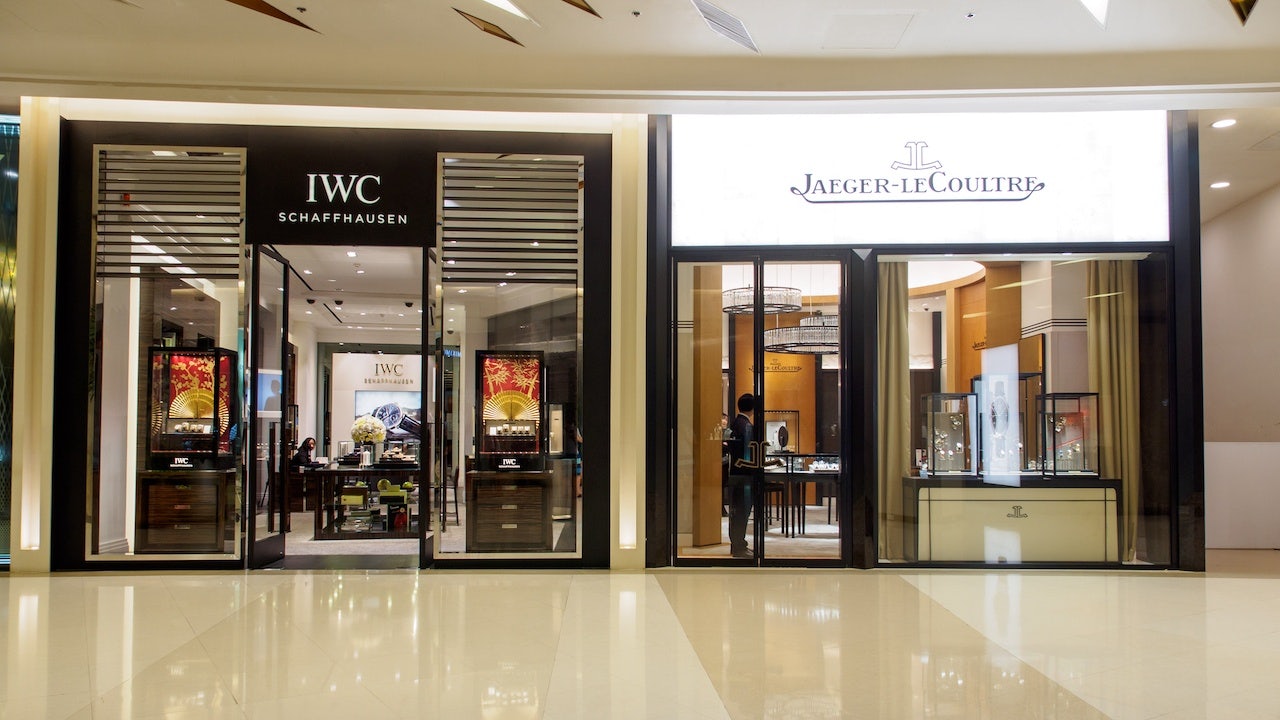Key Takeaways:#
- The dramatic downturn in China’s real estate industry in 2021 could mean that hard luxury could be poised for a pivotal 2022.
- A recent survey of affluent Chinese consumers found that 88 percent of respondents planned to spend the same or more on luxury watches next year.
- Luxury rivals Richemont and LVMH are battling it out on- and offline to sell more watches to both entry-level and seasoned consumers in China.
As 2022 approaches, a key question for major luxury brands with an existing brick-and-mortar or e-commerce presence in mainland China is what Chinese consumers will spend more on in the year to come. In the face of increasingly influential trends like exploding interest in secondhand luxury and burgeoning anti-consumerism among millennials and Gen Zers, brands now need to make their value proposition clearer than ever in China. This emerging market reality – paired with the dramatic downturn in China’s real estate industry in 2021 – could mean that hard luxury could be poised for a pivotal 2022.
Events like the recent collapse of property giant Evergrande and President Xi Jinping’s “common prosperity” push have pushed a growing number of formerly real estate-fixated investors and investment-minded consumers towards portable assets like luxury jewelry and watches. Rather than investing in a shaky real estate market or flashy automobiles, these buyers are turning to Swiss watches in particular. According to the Financial Times, China’s imports of Swiss watches surged 40 percent in the first 10 months of 2021 even as the broader economy cooled off.
There are signs that the rising interest in luxury watches as an asset class – as well as a passion segment, as more affluent consumers become interested in and educate themselves on timepieces – is set to continue for the foreseeable future. An October survey of 1,500 Chinese individuals with more than RMB 500,000 ($78,480) in annual household income by Hong Kong-based consultancy CSG Intage found that 88 percent of respondents planned to spend the same or more on luxury watches in the year to come.
This follows a trend that solidified in the pandemic-hit year of 2020 as mainland China became the world’s top single consumer market for Swiss luxury watches for the first time ever. According to the most recently released figures by the Federation of the Swiss Watch Industry, exports of Swiss watches to mainland China reached 2.1 billion Swiss francs ($2.39 billion) between January and November 2020, a rise of more than 17 percent from the same period one year before. From January to July 2021, Swiss exports to mainland China stayed steady at $2.3 billion, handily outpacing formerly dominant Hong Kong, which only reached $1.7 billion in Swiss watch imports, placing it in third place after the US ($2.2 billion).

So who is set to benefit the most from this hard luxury boom? One natural winner should be Richemont – the owner of brands like Cartier, IWC Schaffhausen, Jaeger-LeCoultre, Vacheron Constantin, and Montblanc – which has adeptly courted entry-level as well as seasoned, sophisticated collectors via a smart on- and offline strategy. Richemont has been a fast mover online, launching a strategic partnership with Alibaba Group in 2019 that saw the launch of a NET-A-PORTER flagship on Tmall Luxury Pavilion that stocked all of Richemont’s watch brands. In response to the COVID-19 pandemic, Richemont also quickly moved to beef up the online shopping experience of its portfolio brands, with IWC Schaffhausen launching its first virtual boutique in May 2020, followed shortly after by Piaget, which offered a (virtually) immersive shopping experience to global consumers.
Not to be outdone, Richemont archrival LVMH is also making a stronger push to reach younger consumers in particular via portfolio hard luxury brands. In July, LVMH-owned Swiss watchmaker Zenith announced the wildly popular millennial Chinese singer and actor Xiao Zhan (b. 1991), who boasts nearly 30 million Weibo followers, as its latest ambassador. Last year, LVMH-owned Hublot also opened a virtual sales service for customers in the United States and China, with dedicated sales assistants serving customers in real-time.
The one question mark hanging over hard luxury in China in 2022 is the impact that China’s ongoing macro-crackdown – which has ensnared everyone from tech giants to celebrities to livestreamers – could have on luxury demand and purchases, particularly for big-ticket items like the most sought-after leather goods, jewelry, and timepieces. Unlike more "public" purchases like houses and automobiles, what the hard luxury segment has going for it — and a crucial reason the segment bounced back quickly from the hit it took from Xi Jinping's 2013 anti-corruption push — is portability and discretion. A major investor in rare or hard-to-get watches need not show off that collection or even wear the watches in public. Like other portable asset classes like artwork or wine, luxury jewelry and watch brands tend to bounce back quickly from any targeted industry crackdowns, meaning 2022 should — barring any unforeseen dramatic events — see these brands remain relatively unscathed even amid a tenser media, marketing, and advertising environment in the run-up to the 20th National Congress next autumn.

